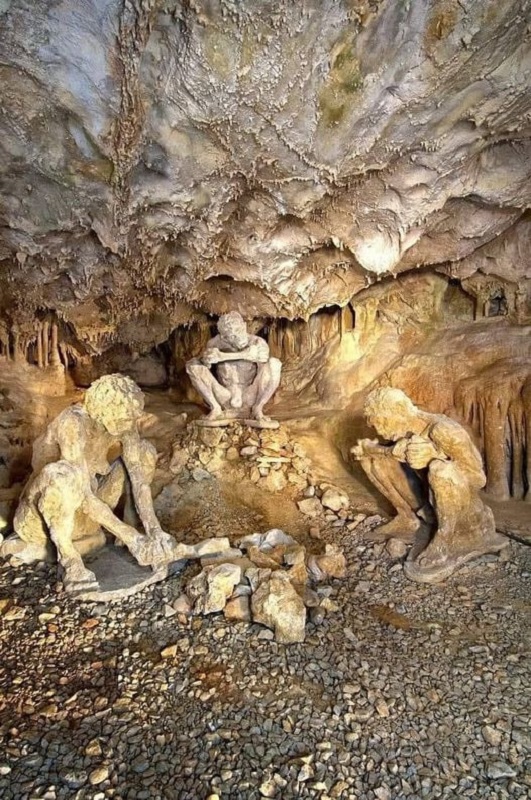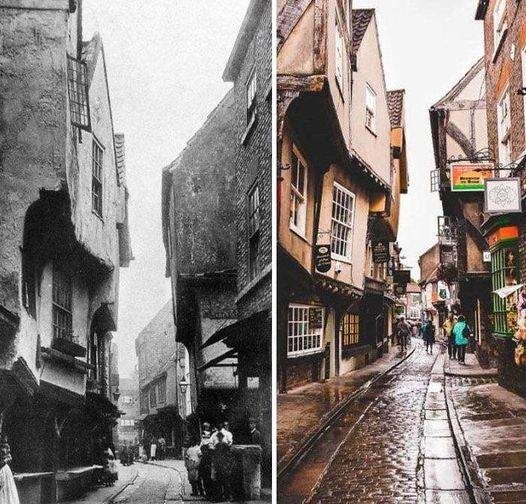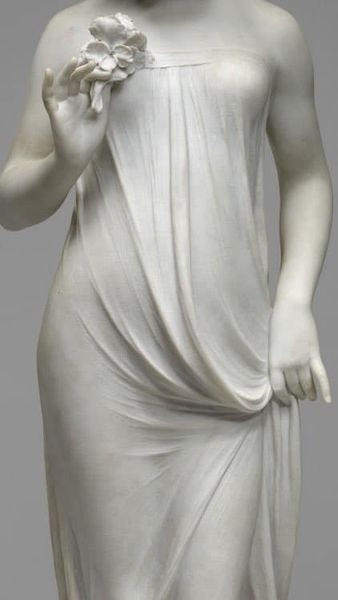In the heart of Rome, amidst the bustling streets and ancient ruins, stands a monument to human ingenuity that has stood the test of time—the Pantheon. Not only does this architectural marvel boast the title of the World's Largest Unreinforced Concrete Dome for over 1900 years, but it also possesses a remarkable party trick that delights visitors on Rome's birthday. Join us as we delve into the awe-inspiring history and fascinating features of the Pantheon, a beacon of ancient engineering prowess and enduring cultural significance.
Engineering Marvel
Constructed by the Roman Emperor Hadrian in the 2nd century AD, the Pantheon is a testament to the architectural brilliance of the ancient Romans. Its massive unreinforced concrete dome, spanning an impressive 43.3 meters in diameter, remains a marvel of engineering even by modern standards. The dome's innovative design, with a gradually decreasing thickness towards the oculus, distributes the weight evenly and ensures structural stability—a feat that has baffled engineers for centuries.
Sunlit Celebration
But the Pantheon's allure extends beyond its architectural grandeur. Every year on the 21st of April, Rome's birthday, the sun aligns perfectly with the oculus—a feat of celestial alignment that illuminates the interior with a beam of sunlight. This remarkable phenomenon transforms the Pantheon into a celestial clock, marking the passage of time and honoring the city of Rome in a dazzling display of natural beauty. It's a momentous occasion that invites visitors to witness the intersection of ancient tradition and modern marvel.
Cultural Legacy
Beyond its architectural and astronomical significance, the Pantheon holds a special place in the cultural fabric of Rome. Originally dedicated to all the gods of ancient Rome, the Pantheon later served as a Christian church, preserving its sacred status and ensuring its survival through the ages. Today, it stands as a symbol of Rome's rich history and enduring legacy, drawing visitors from around the world to marvel at its beauty and contemplate the mysteries of the past.
Conclusion
As we stand in awe before the majestic dome of the Pantheon, we are reminded of the boundless creativity and ingenuity of the ancient Romans. From its colossal concrete dome to its celestial solstice celebration, the Pantheon continues to captivate and inspire, transcending the boundaries of time and space. As we gaze upon its timeless beauty, let us pay homage to the architects and artisans who crafted this masterpiece of human achievement, and to the city of Rome, whose birthday celebration continues to illuminate our world with its radiant splendor.










